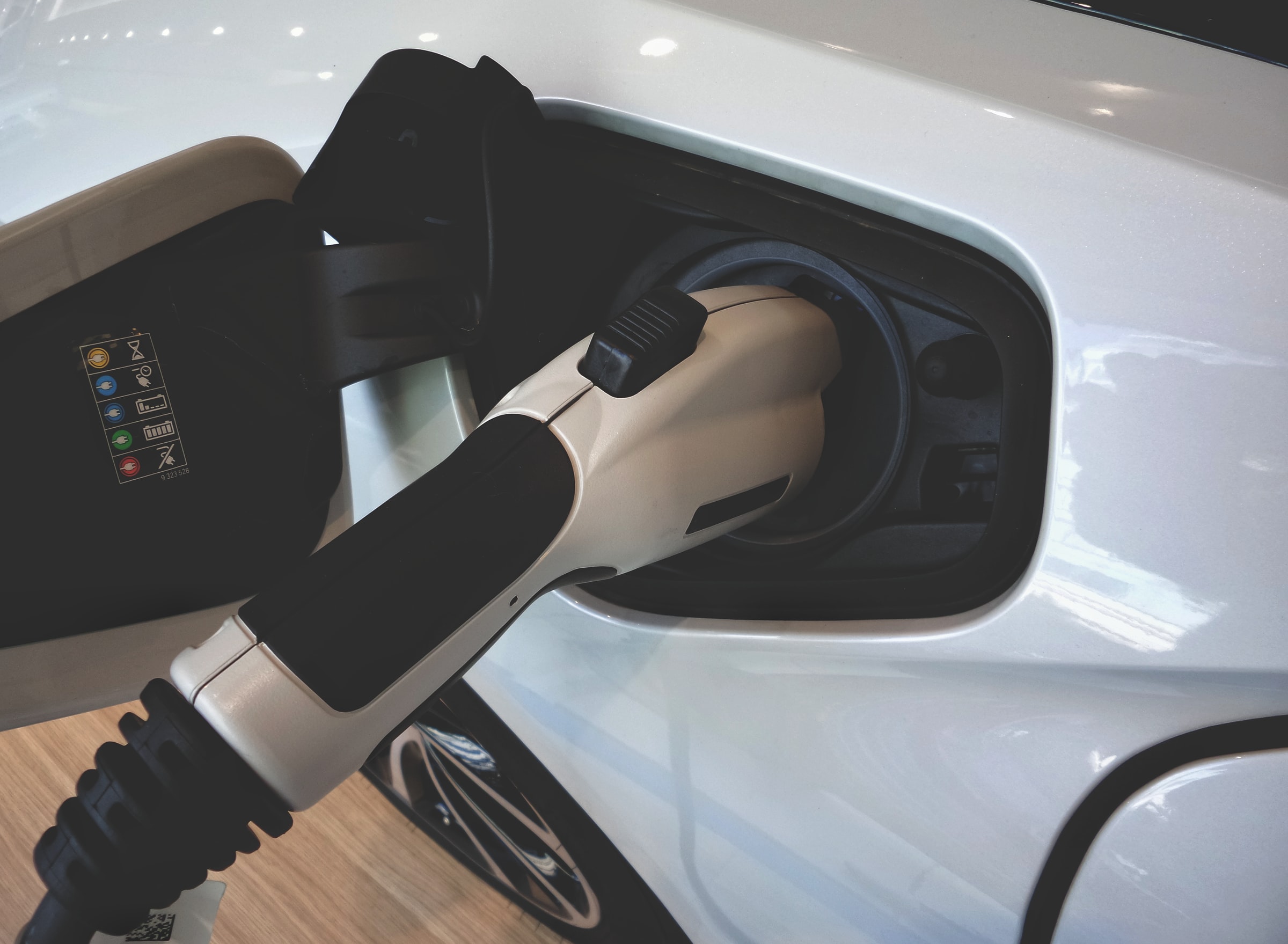All About Lithium
The History of One of The Hottest Materials in Our Modern World
Lithium was first discovered in mines in Australia and Chile by a man named Johan August Afrvedson in 1817. It Was found originally in a mineral called Petalite and then was isolated by two men named William Thomas Brande and Sir Humphrey Davy.
Lithium has had many uses in the industrial world as well as the world of medicine over the years.
Lithium is a Hot Commodity
Over the past years, Lithium has become one of the most in-demand metals globally.
The world is currently shifting to cleaner energy sources, and that means electric cars have been growing in popularity, leaving governments and electric vehicle manufacturers trying to secure their supply chains for Lithium as the demand soars.
What’s Behind the Demand for Lithium?
1. Rise in popularity of electric vehicles. In 2021 electric vehicle sales globally were up 26% than 2020. 6.4 million electric vehicles were sold, and that number is on a steady incline.
2. Cheaper. Electric cars are becoming more affordable, allowing them to compete more with gas-powered vehicles.
3. Battery Mega factories. According to Benchmark Mineral Intelligence, 200 mega factories will be fully operational by 2030. In 2021, there were already 122 fully functional battery mega factories. When all 200 are operating, they will demand 3 million tonnes of Lithium yearly, increasing 37 times what is being used currently.
Tesla and Lithium
Everyone has heard of Tesla. They are the leader when it comes to electric vehicles, and they have recently signed a 4-year deal with Australian Lithium producer Core Lithium Ltd. They will provide Tesla with 110,000 tonnes of Lithium spodumene concentrate.
Other uses of Lithium
· Space agencies. Lithium is used in space to help absorb Carbon Dioxide and release oxygen into the atmosphere.
· Aircraft manufacturing. Lithium is the lightest metal and can be alloyed with other metals such as copper, manganese, cadmium, and aluminum to make a strong but lightweight metal alloy for manufacturing aircraft.
· Mental health. Lithium has long been used to help with mental health issues, and it is excellent for treating Bipolar disorder, Schizophrenia, ADHD and can be effective for major depression.
· Optics. Lithium Fluoride is sometimes used in focal lenses to help focus high-energy proton beams. It is also used in smartphones as a crystal oscillator that helps generate signals to your phone.
Interesting Facts About Lithium
· The name Lithium is derived from word “Lithos,” which is Greek and translates to stone.
· Lithium is the lightest mineral known to man; water is denser than it.
· One of only a few metals that has a very low melting point (180°C) and a very high boiling point (1330°C)
· Even though Lithium is a metal, it is so soft that it can be cut with a knife.
· Lithium is highly reactive to air and water and must be stored in oil or an inert atmosphere.
· Lithium burns with a crimson red flame.
Lithium’s Bright Future
With the demand for electric vehicles surging, the demand for Lithium will surge as well. With the electric vehicle market growing and expanding rapidly, Lithium’s demands will inevitably increase.
Platt’s Analytics is estimating that by 2025 electric vehicle sales will be up to 10.5 million. With their current prediction for 2022 at 6.5 million units, that’s close to double in sales in a few short years.
Tesla just entered into a deal with a huge Lithium supplier for the next four years is a good indication that electric car sales are expected to surge, all while being powered by their lithium-ion batteries.
Conclusion
Lithium has many uses in the industrial world as well as the world of medicine. It has a long history and is now being utilized in our modern world to take us to a more sustainable way of living. Powering electric cars, Lithium is leading the way to a greener future and is sure to be a shining star in the world of metals for a long time to come.



